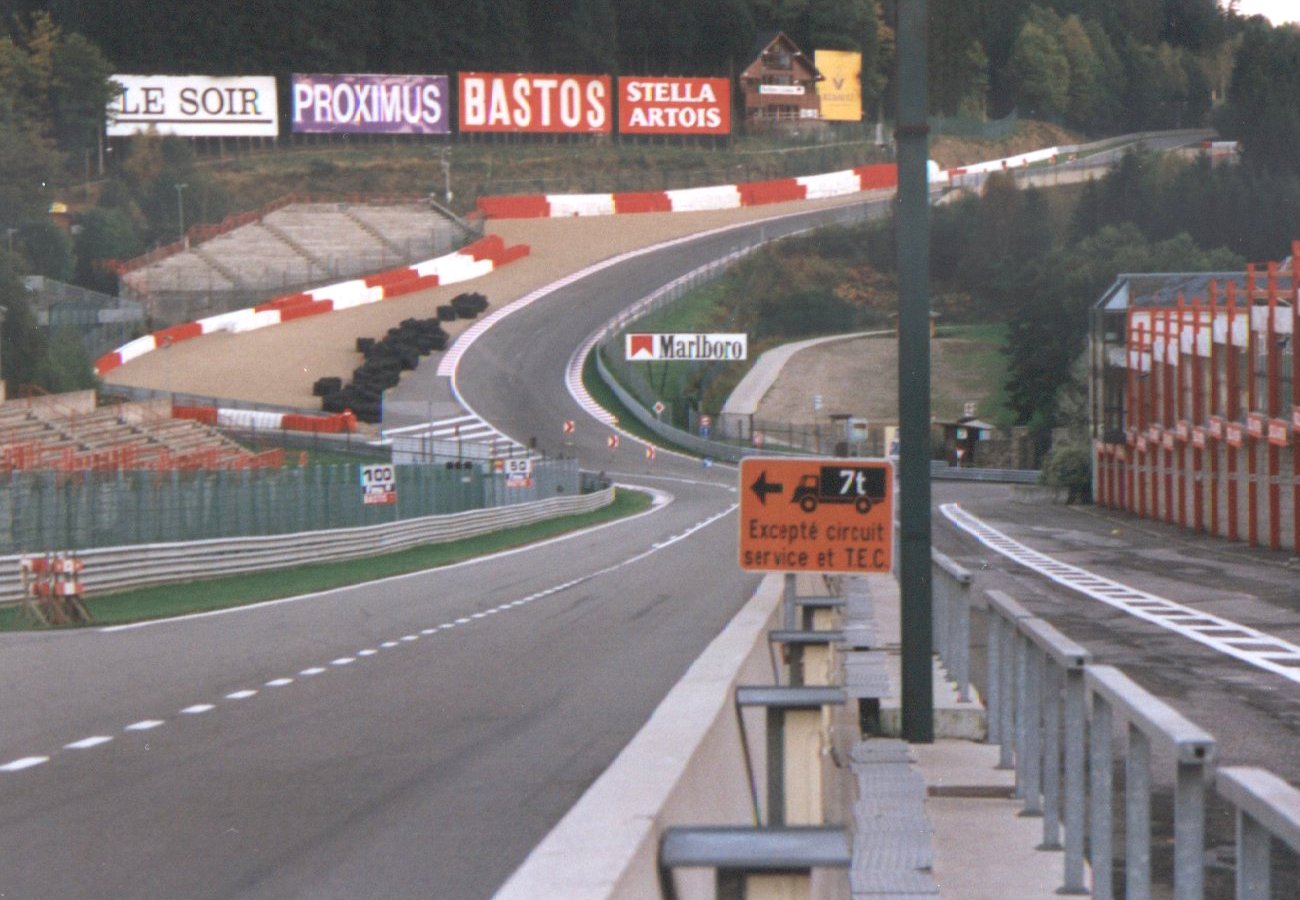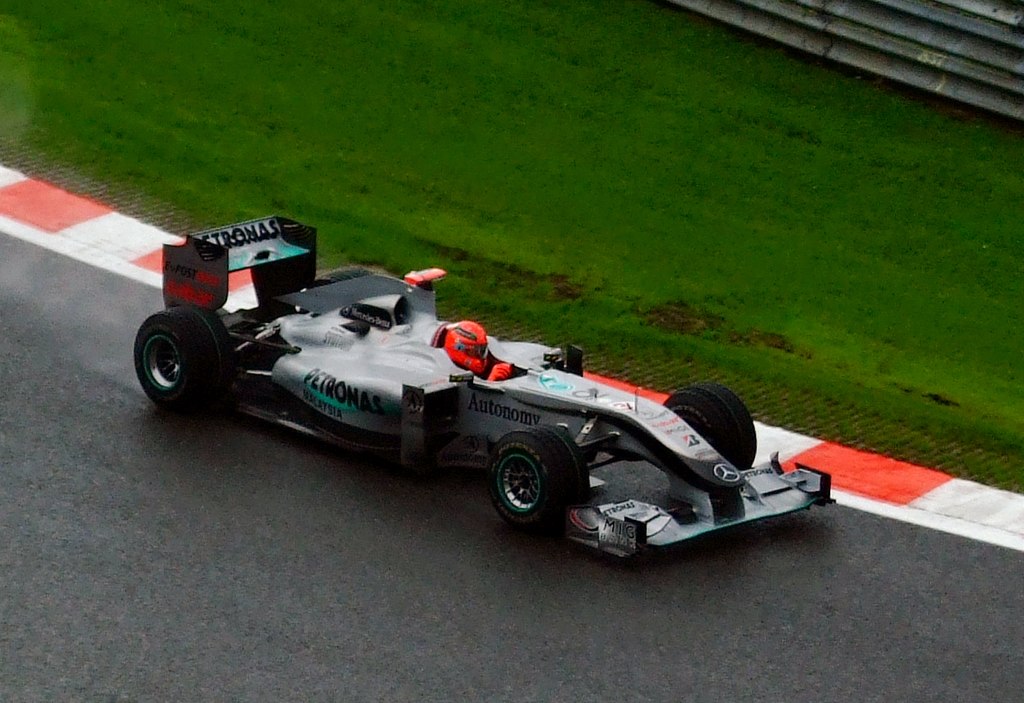"Jackie Stewart shot to prominence when he won the 1969 world championship in a French-built Matra MS80 run by Ken Tyrrell. Stewart, with his long hair, corduroy cap and shades, was more Beatle than racing driver and became an icon as "

Spa – a bright shadow of its former self
The once majestic Spa is now... actually still majestic
Belgium’s Spa-Francorchamps circuit is among the most revered in the world and has been since it hosted its first race in 1921.
The modern 7.004-kilometre track of today sits in the shadow of the 14-15km (depending on the year) behemoth which flowed through the villages past the Les Combe section which is used today. Decades ago, Spa was the fastest circuit on the Formula One calendar. Despite being shortened (and made considerably safer) for the 1980s following an array of fatal accidents, Spa remains one of the most thrilling circuits for any driver.
What made the former 14km layout so tough and dangerous was its lack of slow corners. La Source, which was then the final corner on the circuit, was the lone slow corner on the track. From the downhill start, drivers would proceed down and then up the famous Eau Rouge-Radillon section before blasting past the towns and villages surrounding the Ardennes. Burnenville, Masta, Stavelot and Blanchimont all gained reputations for being incredibly fast and dangerous. Four-time winner and two-time world champion Jim Clark hated the place. But the speeds of the cars simply became too much for the track and, despite attempts at improving the safety of the venue, F1 would leave for Zolder in 1971, but the circuit was used in other categories all the way through until 1978.

The modern layout, which is largely unchanged to this day, came a few years later. It still featured some famous sections such as Eau Rouge/Radillon and Blanchimont, but it also introduced some new sections which have become some of the fastest and fiercest corners in the world such as Pouhon and Curve Paul Frere. It’s clear why Spa is among the favourite tracks for drivers (Michael Schumacher called it his ‘living room’), and why a number of highly-talented drivers have excelled there in the past. It lacks the outright speeds of the old layout, but it did promote some stunning racing and remained one of the fastest tracks on the calendar.

It still hosts some incredible races, and among many categories. It hosts F1, the World Endurance Championship, the Spa 24 Hours and lower formulae. The weather is unpredictable, and as the track is so long, it can be wet on one part of the track and dry on another. The weather has resulted in some absolutely chaotic races in the past – the grand prix in 1998 included two of F1’s most famous crashes, and a maiden win for the popular Jordan team with Damon Hill behind the wheel. The 2008 race, which controversially was won by Felipe Massa, was frantic in the closing stages as Kimi Raikkonen and Lewis Hamilton went wheel-to-wheel, before both slipping off the road at times. Further back, Fernando Alonso made up several places to work his way through to fourth place on the final lap alone. In 2010, the weather caught out the likes of both Alonso and Sebastian Vettel, and nearly caught out eventual victor Hamilton.
With chaotic, unpredictable races almost guaranteed, should Spa be a permanent fixture on the F1 calendar?
CLICK TO ENLARGE









